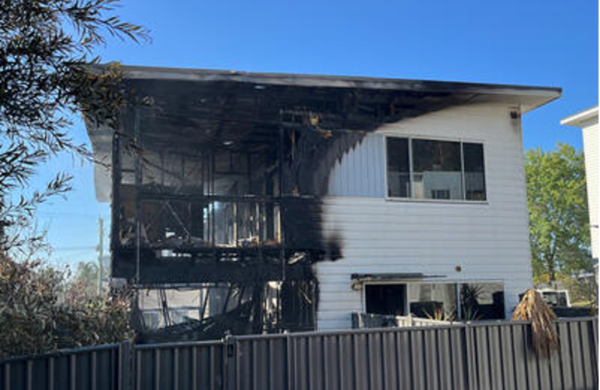Dealing with Litium-Ion Batteries in Strata
There have been many articles published recently in relation to fires arising out of issues with lithium-ion batteries. In 2023 upwards of 269 incidences have been reported, resulting in 38 injuries with Fire and Rescue NSW describing the issue as “the fastest growing fire risk in New South Wales”.
Issues arise with Lithium-Ion batteries when they enter “thermal runaway”, which is where (in lay terms), due to an issue within the battery, it overheats, which triggers a chemical reaction within the battery itself that causes it to get hotter and hotter. Due to the reaction creating the heat, it is also much harder to extinguish, and risks re-igniting.
The issues with thermal runaway are significant, as summarised by Fire and Rescue NSW, including:
- A greater fire intensity often accompanied with the violent ejection of vapours and other materials;
- exposure to toxic and corrosive vapours, gases and fire effluents;
- increased risk of vapour explosion in confined environments;
- stranded electrical energy from energised high-voltage battery cells;
- protracted processes for extinguishing and cooling the reaction;
- the risk of secondary ignitions following the initial event;
- difficulties rendering the site safe;
- the containment of contaminated fire water; and
- issues with handling, transporting, and disposing of fire-affected batteries.

